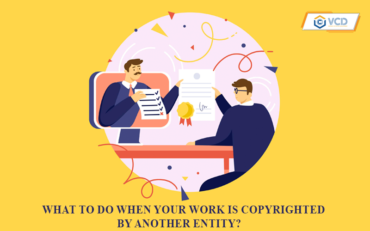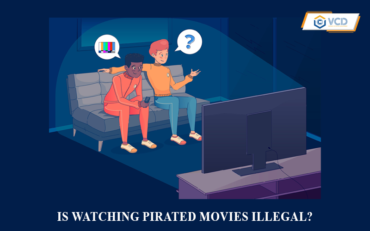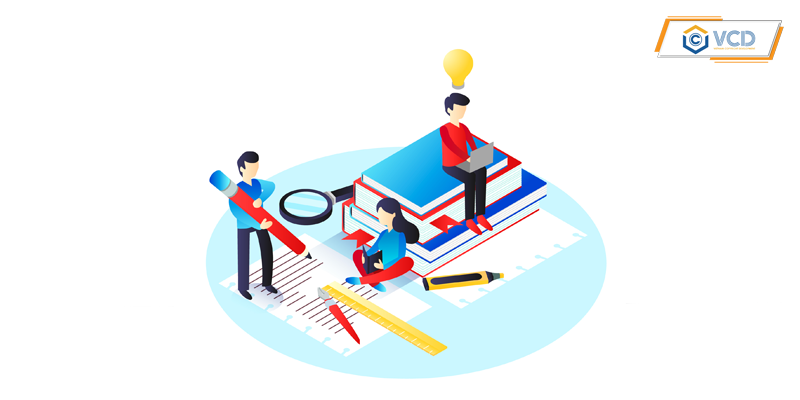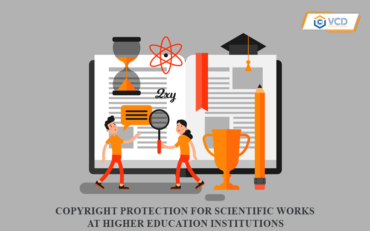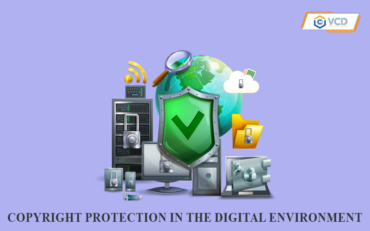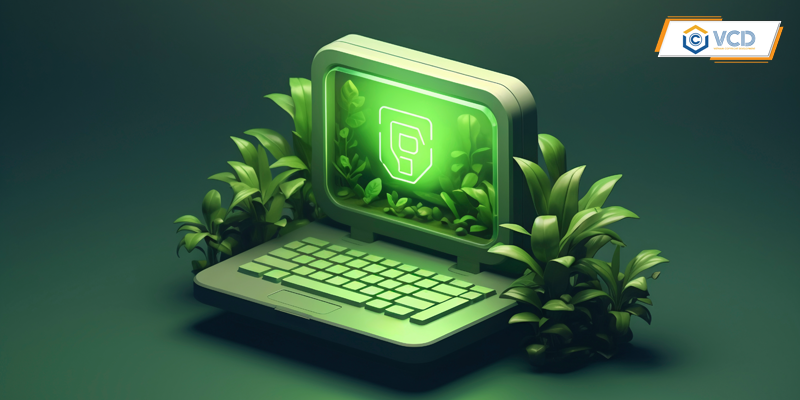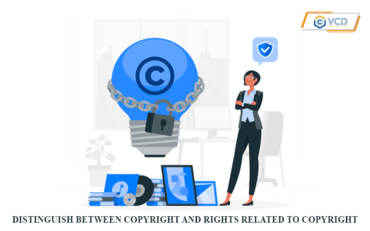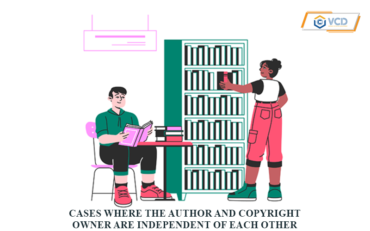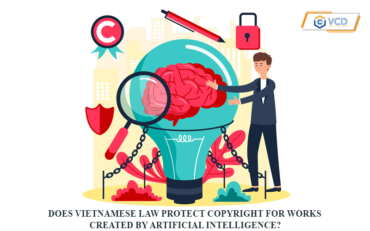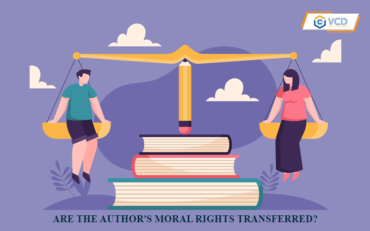What to do when your work is copyrighted by another entity?
With the rise of social networking platforms and the increasing number of content that can be broadcast live to millions of users, the dissemination and unauthorized use of copyrighted works such as music, videos, and images is becoming easier and more common. However, there are many cases where the owner is copyrighted on his own work. So, what to do when your own work is copyrighted by another entity? The following article from VCD will help you.
1. The mechanism of “copyright strike” in Vietnam
Copyright strike is a term used to refer to the act of reporting copyright infringement on cyberspace. When a work is used without the owner’s permission, they have the right to request the removal of the infringing content or take other legal measures.
Many countries around the world have enacted copyright strike and copyright strike removal mechanisms, also known as Notice and Takedown Process, typically the Notice and Takedown process associated with the US Digital Millennium Copyright Act of 1998 (US Process). The US Digital Millennium Copyright Act, also known as the “Digital Millennium Copyright Act” (DMCA). This mechanism, commonly known as the “DMCA notice and takedown process,”.
Basically, the copyright infringement handling process in Vietnam will be similar to the process in the US. However, unlike the US process, the Vietnamese process does not follow specific steps but is a dual process, divided into two parts: “72-hour and 10-working-day process” and “24-hour and 10-working-day process,” implemented at the request of the enforcement agency, as prescribed in Articles 113 and 114 of Decree 17/2023/ND-CP.
- 27-hour and 10-working-day process: The online service provider will rely on the supporting documents submitted by the rights holder, including evidence of the subject’s status, infringing acts, location, and links to the suspected infringing digital content. Within 24 hours, the service provider will temporarily remove or block or prevent access to that digital content and notify both the rights holder and the content owner. After 10 working days from the temporary removal, if no objection notice is received with any supporting evidence, the service provider will officially remove and block access. In case of receiving a response from the party requested to remove within 72 hours, the service provider will restore the removed or blocked digital information and forward the objection document with evidence.
- 24-hour working process: Online service providers must remove or block access to copyright-infringing content within 24 hours of receiving the request from the enforcement agency. At the same time, they must notify the party whose content was removed and report the implementation results to the enforcement agency within no more than 24 hours. If there is an objection from the party whose content was removed or from the service provider, one of these parties has the right to complain, denounce or initiate a lawsuit according to the law against the decision of the enforcement agency.

2. Current situation
Copyright infringement in Vietnam, especially on social networking platforms, has been occurring in many forms for many years. Therefore, most digital platforms today follow the mechanism prescribed in Decree 17/2023/ND-CP. Digital technology platforms always have tools to support automatic resolution. Social networking platforms are online service providers with their own copyright protection tools and follow a dual process. To use this tool, you must register and be approved for use. After approval, the Owner will add the content that he/she exclusively owns and wants to protect the copyright to the Reference Library. Then, this copyright tool will scan the content posted on the platforms and give results based on the provided database.
A typical example that is currently causing a stir is the incident where a clip about a TV show produced by a company and owning the copyright was arbitrarily re-posted by another media unit and put the video in the category of its copyright, leading to the company’s official channel being copyrighted by a technology platform, attracting public attention. Notably, this unit also declared that the video was copyrighted by it. This action led to the company’s official channel being copyrighted on platforms, affecting its reputation and finances.
As a large, reputable company with a separate team assigned to monitor and scan for copyright violations of the content it produced and broadcast, it was copyrighted by another unit on its own work. Is it because the company has not registered the copyright of the work with the competent State agency? Is it because the staff has not been proactive in monitoring and detecting violations? Or is it because the support tools on the platforms are not tight enough?… These are the reasons why your own work is being attacked by other units.
3. What to do when your own work is copyrighted by another entity?
Registering copyright for the work:
The first and important step is that individuals and organizations should register the copyright of their creation, although this registration is not mandatory, it is the basis and basis to prove the legality of ownership of the work when a dispute arises.
Reverse copyright strike:
From the basis of having registered copyright for the work, the owner has full evidence (Copyright and related rights appraisal results and Copyright Certificate) to directly request the infringing party to immediately stop the unauthorized use of their work and indirectly request digital platforms to request the removal and prevention of copyright infringement.
Submit a request for handling copyright infringement to a competent State agency:
If the infringing party does not stop the copyright infringement, the owner shall submit a request for handling copyright infringement to a competent State agency such as the Copyright Office or the Inspectorate of the Ministry of Culture, Sports and Tourism for consideration and handling.
File a lawsuit in court:
If administrative measures are ineffective, a lawsuit can be filed in court to request compensation for damages and other remedial measures. The court may require the infringing party to stop the infringement, compensate for damages and bear the costs related to handling the infringement.
Above is the article “What to do when the work you created is copyrighted by another entity?” that VCD sent to you. We hope this article is useful to you.
Sincerely,

